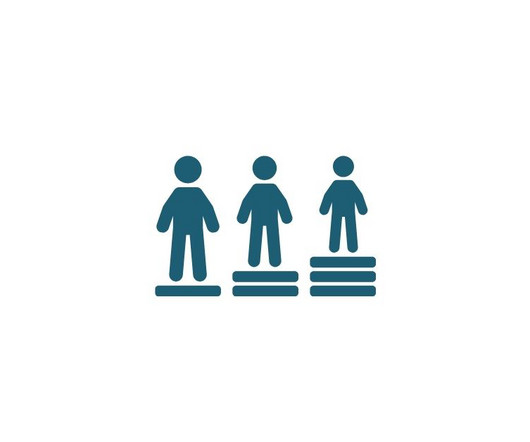3 Pillars of High-quality Blended Learning
Catlin Tucker
JULY 30, 2023
Blended learning seamlessly weaves together online and in-person learning experiences to boost student engagement and meet the unique needs of a diverse class by providing flexible pathways through learning experiences. This positively impacts their motivation to engage with tasks.












Let's personalize your content